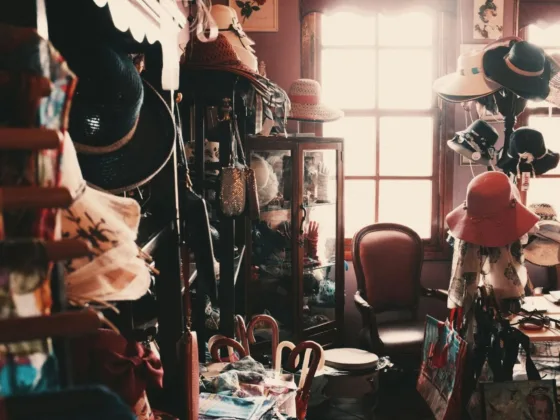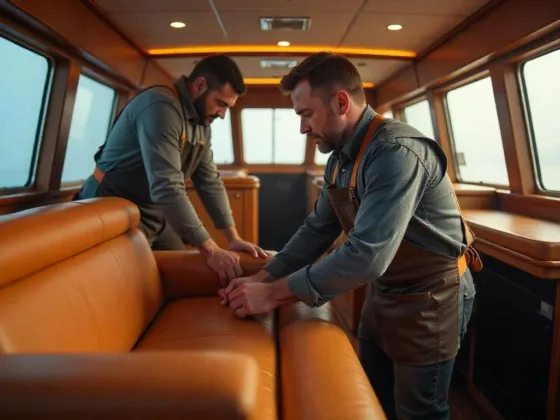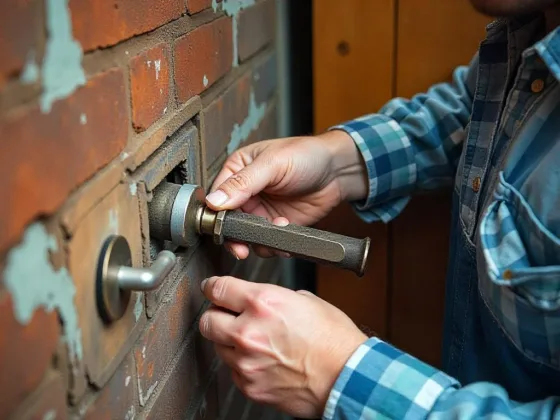Table of Contents Show
Some roof shingles can last as long as 50 years. But this doesn’t you’ll never need to perform maintenance or repairs on your roof.
Once you notice your roof is leaking, it could mean getting an entirely new roof. The cause for the leak is the key to know whether or not you need to replace your roof.

Take a look at these 7 common reasons why your roof is leaking.
Read Also:
1. Broken Shingles
Shingles are the exterior layer of your roof. When your roof is leaking, it’s easy to spot any broken shingles that might be letting in moisture.
Perform a visual inspection by walking around your home carefully to spot any obvious damage to your shingles.
2. Cracked Vent Booting
The tiny pipes sticking out of the top of your roof are called roof vents. They work by getting rid of the moisture that collects inside your home.
Cracked vent booting leads to a leaking roof. You’ll notice dark spots in the area where the leak occurs.
3. Clogged Gutters
Gutter cleaning should be a regular chore around the house. When the gutters get too full, you’ll experience water trickling from the downspout during rainstorms.
These trickles of water are good news in that that won’t mean replacing your roof, but bad news for the siding of your home.
4. Ice Dam Buildup
During the winter months, a ridge of ice often forms at the edge of your roof. The ice dam buildup prevents snow from melting off the rooftop.
The heavy weight of all the compacted snow damages your roof and can lead to leaks.
5. Skylights Improperly Installed
No skylights should leak. If you’re constantly placing buckets underneath your skylights when it rains, it’s time to get them repaired.
The main cause of leaky skylights is improper installation. Consult with a roofing specialist like J&J Northwoods Construction Inc. to have your skylights professionally inspected.
6. Cracked Chimney
If your roof is leaking, check your chimney for potential cracks. You can also search for signs of wear and tear around the mud cap.
The mud cap is the mortared area at the top of the chimney. Look for holes in mortared joints where the chimney connects to the roof.
7. Attic Condensation
Some leaky roofs don’t come from the roof at all. Condensation in your attic might be the culprit when you see evidence of water damage in the ceiling.
Look around the attic for signs of mildew or growing mold. Once water accumulates in the attic, there will also be a strong odor coming from the area.
What to Do When Your Roof is Leaking
It’s natural to panic when you first notice your roof is leaking. Roof replacement is a costly investment especially if you have a highly durable roof like slate or tile.
But take a closer look before you call out a roof installation team. There might be a much simpler solution to fixing the leak that won’t cost thousands of dollars to repair.
For more information and home design tips, visit our blog for updates.









